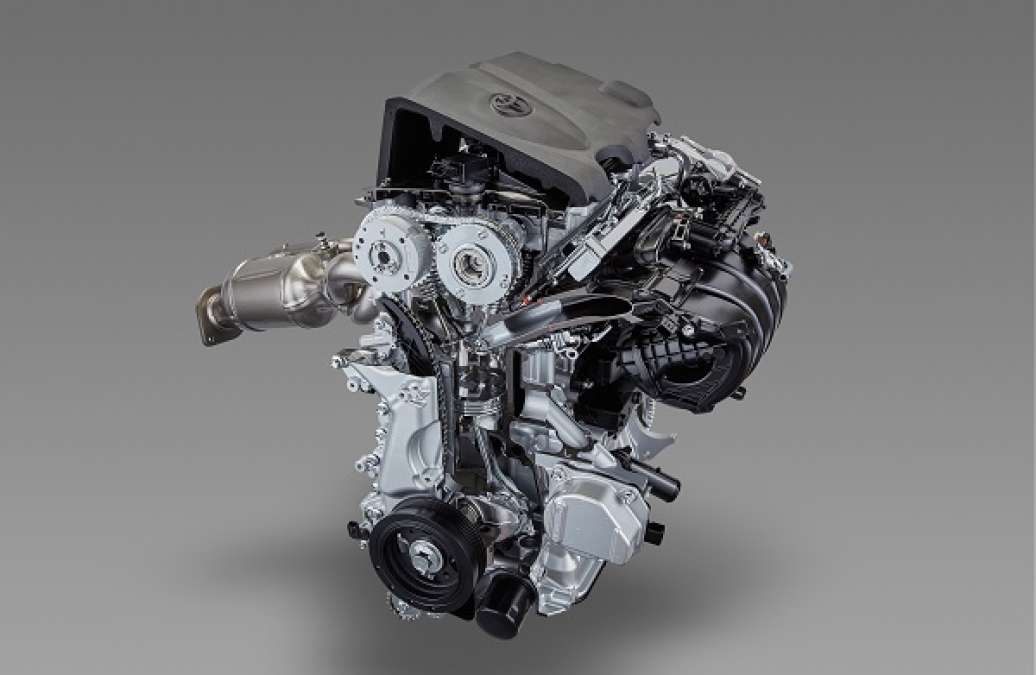The news this week that the EPA moved quickly to lock-in a mandate from 2012 that required automakers to have an adjusted Corporate Average Fuel Economy (CAFE) of 54.5 MPG by 2025 was not that surprising. The EPA is fearful that the newly-elected President Trump will try to roll back the mandates set by the EPA and CARB so it will do what it can before the new administration can make changes. Automakers have their lobbyist to kick and scream for them, but on the whole, automakers don’t care. They can and will meet whatever mandates the government decides to assign, and the top automakers already have plans to accomplish the goals. Most are already ahead of schedule.
Toyota is in a good position to be early on any mandates. No other automaker in the U.S. sells more green cars, or more highly-fuel-efficient vehicles than does Toyota. The only real question is how many gas-guzzling Sequoias and 4Runners will Toyota be able to keep building and still maintain the average. Toyota’s Prius already meets the 2025 goals, and many of its models like the CT 200h, Camry Hybrid, and other popular hybrid models are within easy reach.
Still, Toyota will enhance its fuel efficient drivetrains to continue to offer shoppers choices that include 8-passenger family vehicles and vehicles that can tow. To maximize its ability to offer those cars to consumers, Toyota has big plans starting with the Toyota New Global Architecture (TNGA) powertrain units.
Toyota will use a new 2.5-liter engine with an industry best 41% thermal efficiency that combines ample torque and complex fuel management to improve on Toyota’s already impressive fuel efficiency. The engines will be available in both gasoline-direct-injection and hybrid versions.
Toyota will also modify its existing hybrid drive systems for even greater efficiency in mainstream models. New CVTs and new 9-speed and 10-speed transmissions are headed to showrooms as well. The upshot is that Toyota will increase its fleet efficiency and reduce CO2 production by about 15% over today’s models by about model year 2021. That is fully five years away, and about as long as most automakers can practically plan ahead, regardless of what they hope to achieve or announce in press releases. After all, 2012 was only four years ago. A lot can change in half a decade.
Background story - Helps explain why actual MGP ratings will not be 54.5 and still meet the mandates.






Comments
We can hope that the incoming
Permalink
We can hope that the incoming administration has sense enough to kill the 2025 CAFE standards with fire.